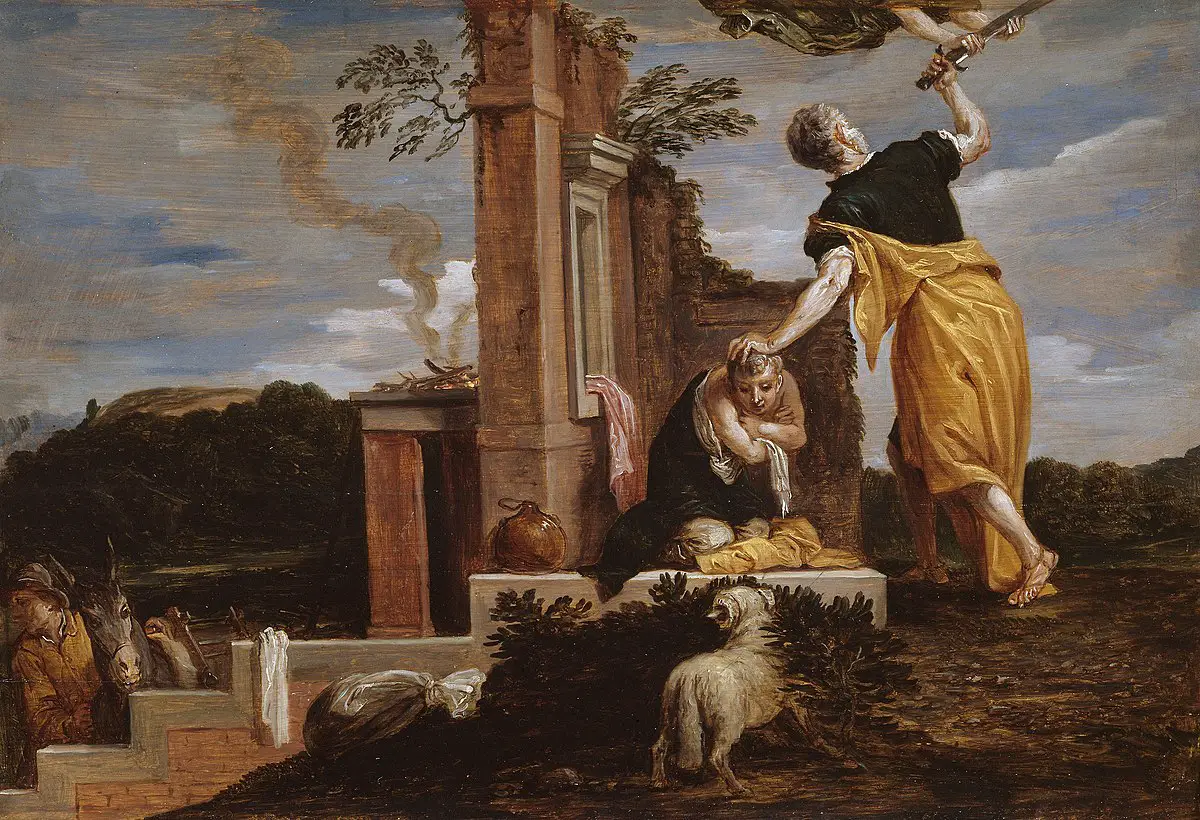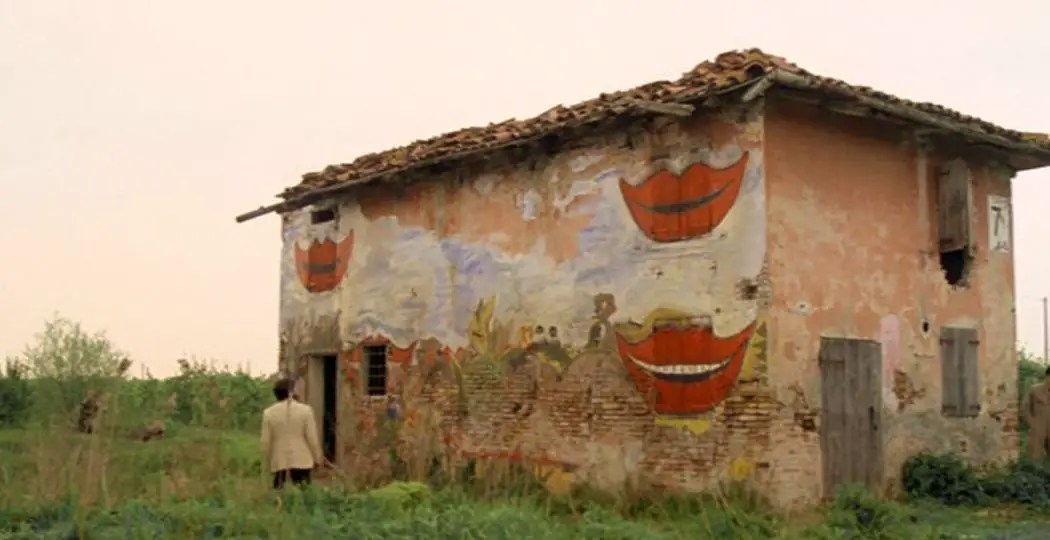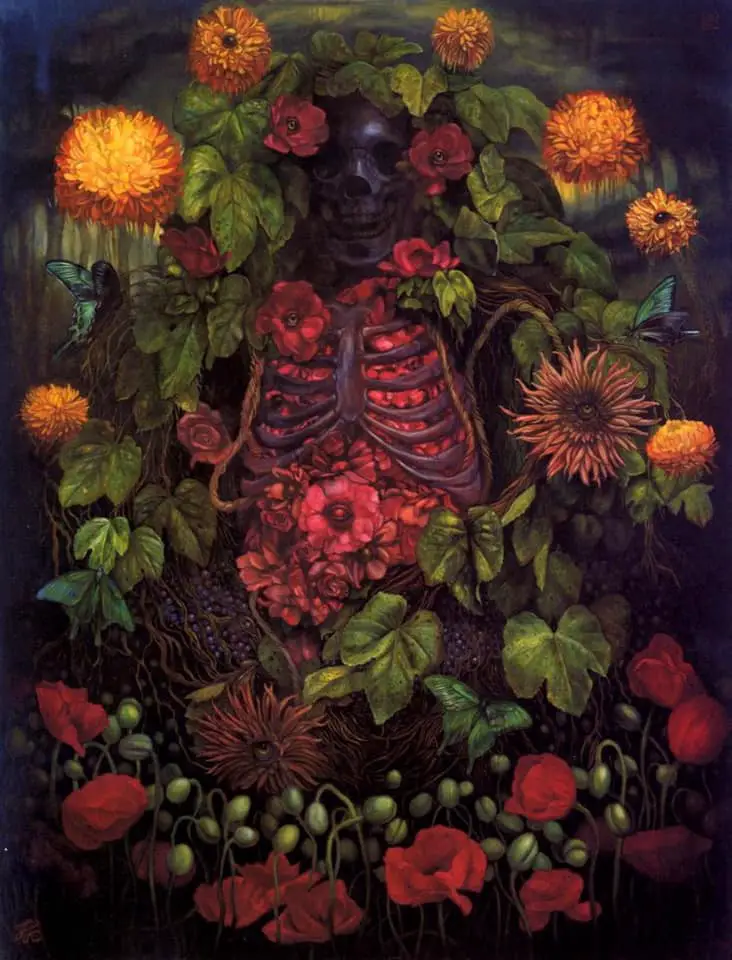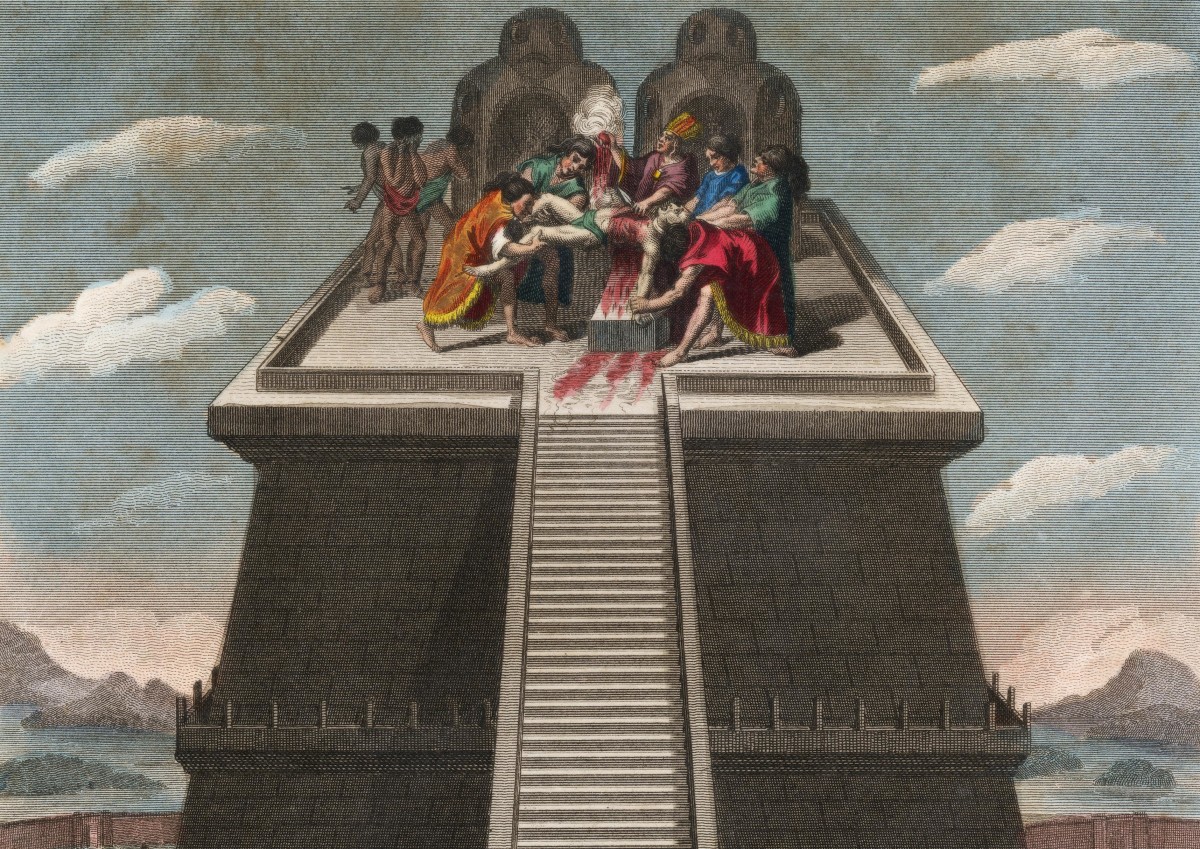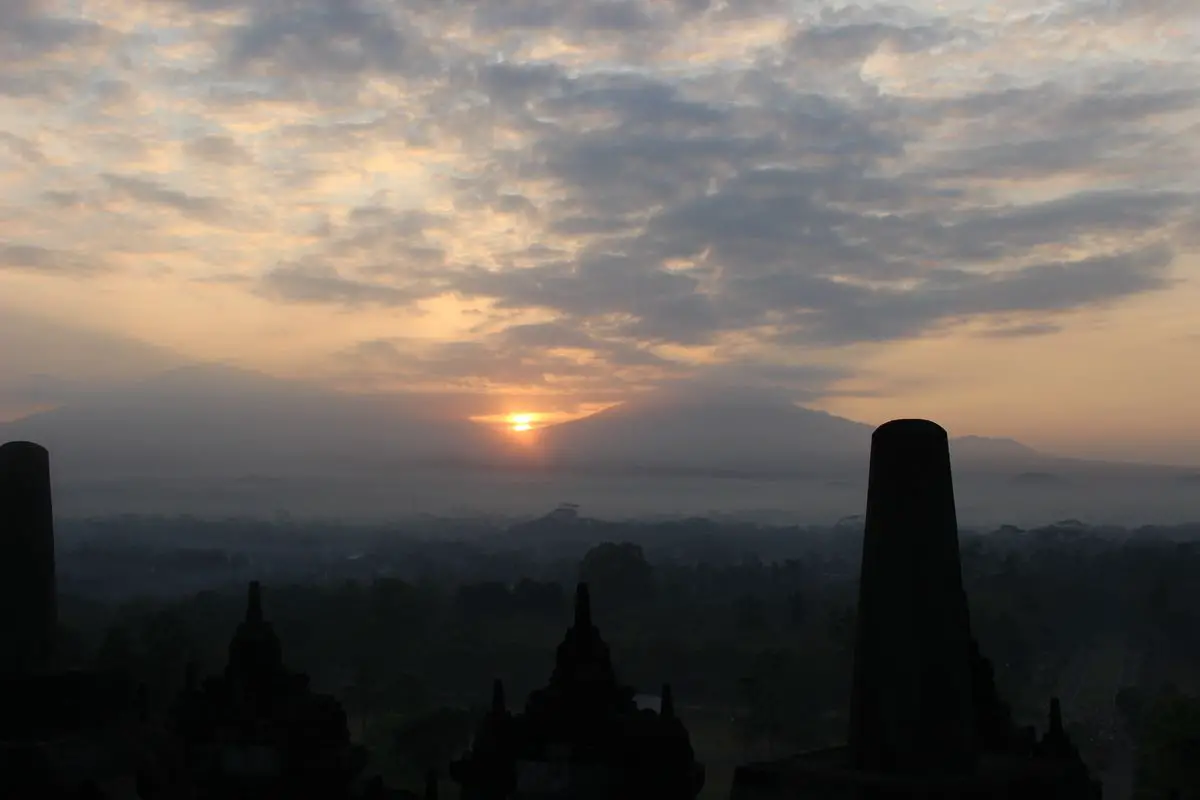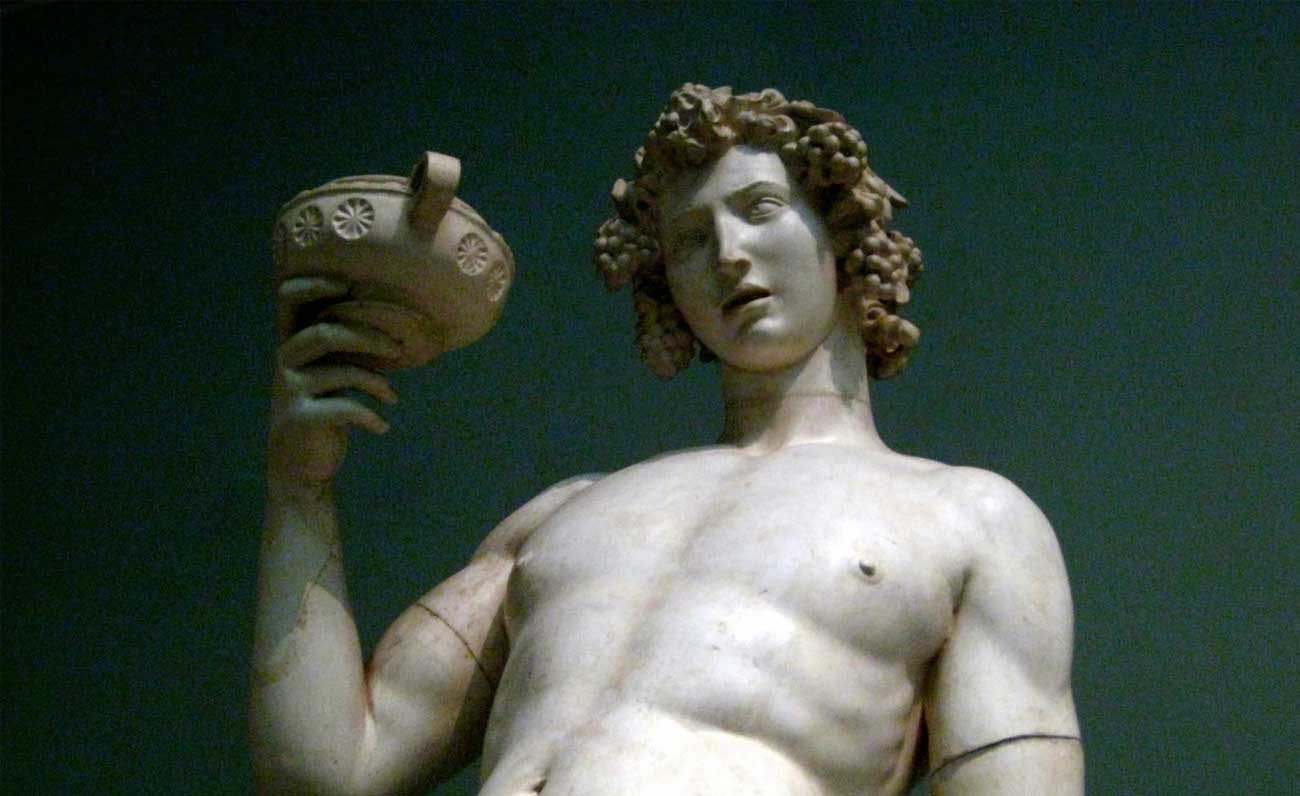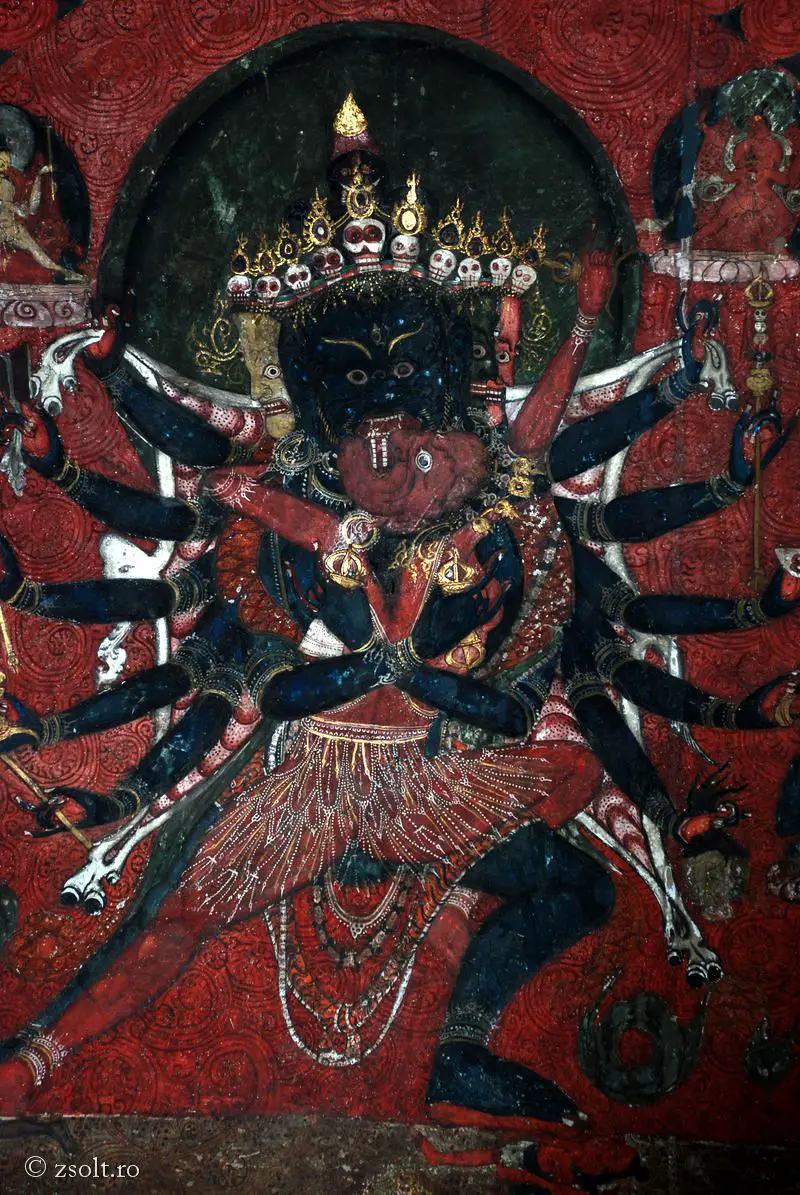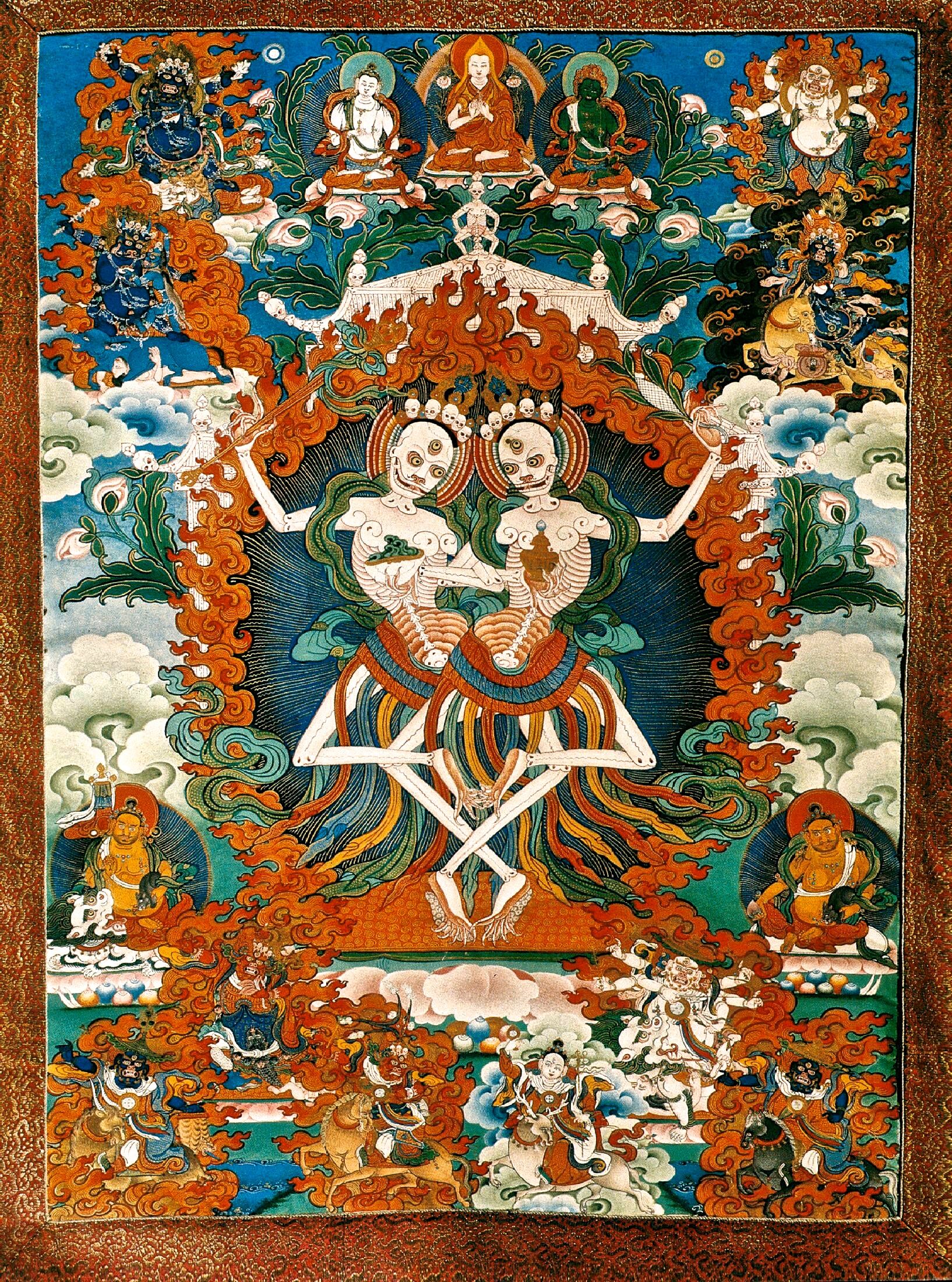Tag: Sacrifice
Nocturnal voices at the Sublicio bridge
Broadcast for the first time on September 24, 1995, the television drama written by Pupi Avati and directed by Fabrizio Laurenti is now twenty-six years old. Let's go over, for the occasion, the esoteric and occult elements that emerge from the vision of the five episodes that compose it.
The sacrifice of Isaac in Jewish iconography
Through the biblical episode of the Akedah, better known as the “Sacrifice of Isaac”, the pictorial cycle of the synagogue of Dura Europos testifies to an identity struggle between pagan and Jewish culture. Furthermore, the passage from Genesis XXII throws light on some instances concerning the foundation of the Temple of Jerusalem, and on the sacrifices that were paid within it.
“The house with laughing windows”: fetishes and (self) sacrifices
Exactly 45 years ago, on August 16, 1976, "The house with laughing windows", the cult-movie by Pupi Avati ascribable to the so-called vein of the «Padano Gothic». In the film, the disturbing element of the peasant culture in which the Emilian director grew up and more exotic black suggestions, from Caribbean macumbas to self-sacrifice shared by the mystic and the madman, converge.
René Guénon: "Gathering what is scattered"
On November 15, 1886, the esotericist René Guénon was born in Blois, France. As a tribute to him, we propose the reading of an excerpt from his work, published posthumously, "Symbols of Sacred Science", which deals with the theme of the primordial fragmentation of the Universal Man (Purusha, Prajāpati, Osiris, Adam Qadmon) and of its final reintegration into its original state.
Blood Metaphysics
Blood has always been considered, in the history of ideas, the vector of a powerful magical force and the vehicle of a complex and varied symbolism, starting with the rock paintings dating back to the Paleolithic to reach the three "book" religions (Christianity, Islam, Judaism), passing through the cosmogonic myths of ancient traditions (Babylonian, Hindu, Norse, etc.), obviously without neglecting its use in traditional oriental medicine and its sacrificial value within ceremonial practices.
The "blood of the Sun": on human sacrifice in the pre-Columbian tradition
The ancient traditions of Central and South America held that the Sun, as well as water, earth and the gods themselves, in order to prosper and guarantee the continuation of the world, had to be regularly fed with human blood, a concept that precisely among the Aztecs became of absolute, if not strictly obsessive, importance; nevertheless, the same conception was also found among the Maya, the Toltecs, the Olmecs and the Incas, as evidenced by the historical sources that have come down to us.
Borobudur, "imago mundi" and "stone book" of the dharma
We went to Java to visit Borobudur, the largest Buddhist temple complex in the world: an unmissable opportunity to deepen its sacred architectural symbolism, following in the footsteps of scholars such as Stutternheim, Paul Mus and Mircea Eliade.
Extrema Ratio: notes on "sacred" suicide
An exhaustive discussion on the way in which, through the centuries and cultural traditions, the act of ritual suicide has been considered and lived.
J. Evola: "Dionysus and the Way of the Left Hand"
Evola considers Nietzsche's Dionysus in relation to the so-called "Way of the Left Hand", an initiatory path that involves "the courage to tear off the veils and masks with which Apollo hides the original reality, to transcend forms to get in touch with the elementary nature of a world in which good and evil, divine and human, rational and irrational, just and unjust no longer have any meaning ».
Shiva Bharaiva, the holy city of Varanasi and the Axis Mundi
Analysis of the myths concerning the divine figure of Shiva Bharaiva, the Linga of fire, the holy city of Varanasi, the symbolism of the "great universal crematory ground" and initiatory death: sacred geography of death and liberation.
Shamanic elements in the religions of the Himalayan area and in the Indian sub-continent
An overview of rites and beliefs of shamanic origin in the Indo-Buddhist macro-area of Central Asia and sub-continental India
Reflections on vegetarianism
There is a chain that goes from the invisible and immobile "nourishment" of the mineral, to the primordially articulated one of the plant, to that of the herbivorous and then carnivorous beast, in which the original fall manifests itself for the first time in dramatic form, to the human one, in which the tension between guilt and redemption is greatest
Blood, Gens, Genius: familiar rites in ancient Rome
di Marco Maculotti
(article originally published on The hour of Air,
on February 13, 2017, and revised here)
Cosmic cycles and time regeneration: immolation rites of the 'King of the Old Year'
di Marco Maculotti
Mircea Eliade wrote that "the main difference between the man of archaic and traditional societies and the man of modern societies, strongly marked by Judeo-Christianity, consists in the fact that the former feels solidarity with the cosmos and cosmic rhythms, while the second is considered in solidarity only with history "[Eliade (1), p.5]. This "cosmic life" is connected to the microcosm by a "structural correspondence of planes arranged in hierarchical order" which "together constitute the universal harmonic law in which man is integrated" [Sanjakdar, p.155].
Archaic man especially took into consideration the solstices and equinoxes, as well as the dates between them: it was believed that in these particular days, which marked the passage from one phase of the cycle to the next of the "wheel of the year", the energy of the cosmos flowed more freely, and therefore they chose such dates to perform their own rituals. Here we are especially interested in certain dates between the Winter Solstice and the Spring Equinox, that is to say the calendar phase in which the Sun appears die: the so-called "solstice crisis" or "winter crisis".
Enigmas of the Mediterranean: the Guanches, the 'Peoples of the Sea' and Atlantis
An attempt at classification (cultural, anthropological and genetic) of the mysterious population of the Guanches, ancient inhabitants of the Canaries, and a look at the Hellenic myths concerning the "Fortunate Islands" and the 'mythical' war against Atlantis
The mysterious Natchez Indians, Children of the Sun
Among the myriad of populations that once inhabited the vast prairies of North America, the Natchez of the Southern Mississippi Valley. In fact, although belonging to the confederation of Cree tribes of the Muskogee language, they spoke a peculiar dialect and very distinct from that of the other populations of the South-East, called Natchesan. From the few sources that history has handed down to us it seems that their culture, of a sedentary type, was born around 700 AD and that it was strongly influenced by the great Mesoamerican civilizations, especially as regards the cult of the Sun — and of the deified ruler as his son—And the voluntary practice of immolation as a practice worthy of the highest honor.
Guido von List and the magical-religious tradition of the Ariogermans
At the turn of the nineteenth and twentieth centuries, using an approach halfway between the anthropological and the occult, the Viennese scholar Guido von List attempted a reconstruction of the Germanic Urgrund, analyzing the more esoteric aspects of the cosmogony and pre-Christian religion of the ancient Central European peoples .
di Marco Maculotti



